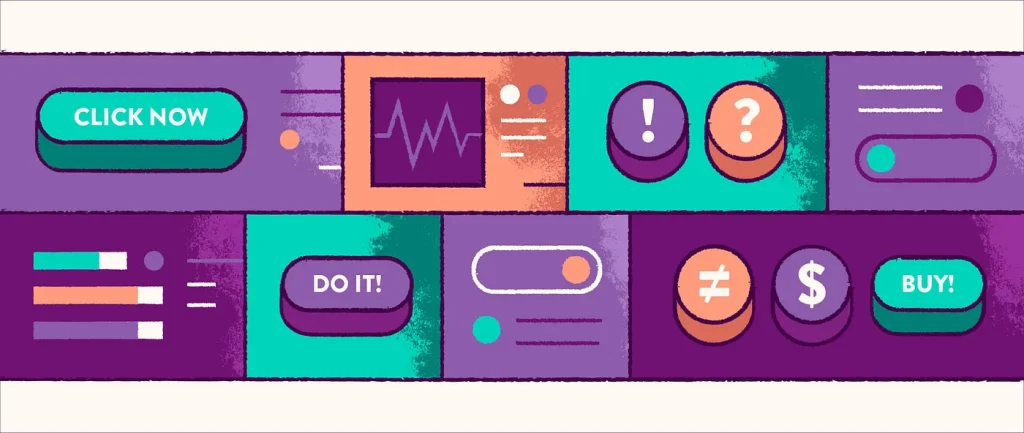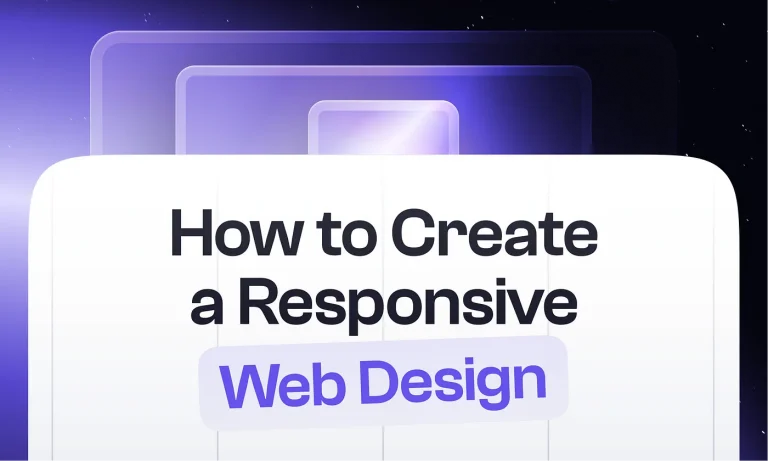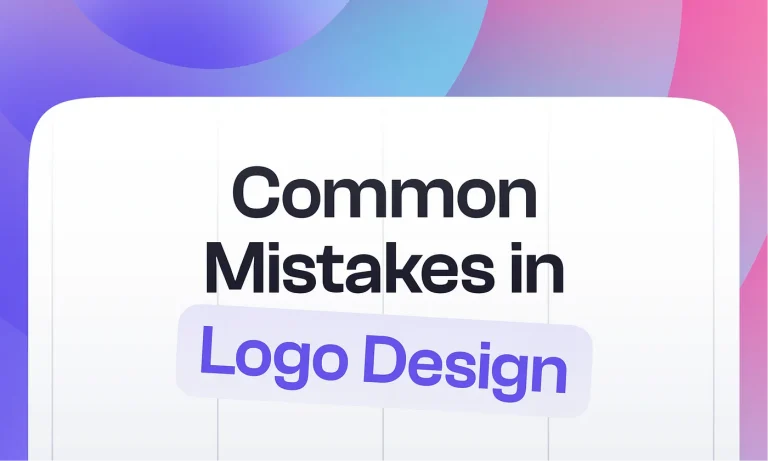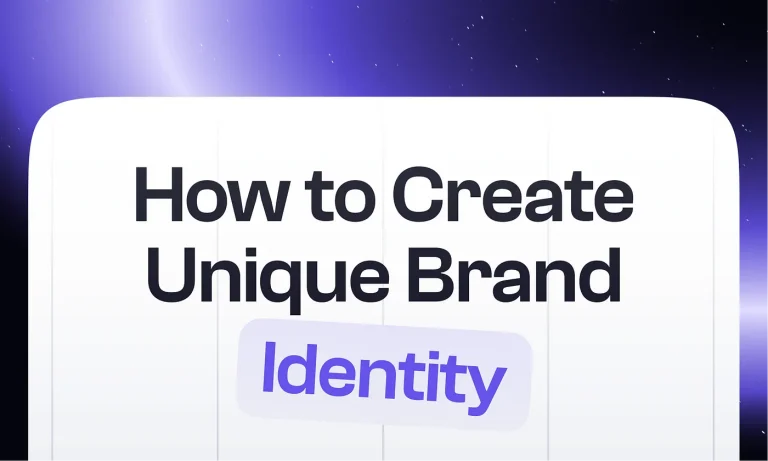Web design is a constantly evolving field, with new technologies and trends emerging every year. However, some principles have stood the test of time and continue to be essential for creating effective and engaging websites and apps. In this article, we’ll explore the most important web design fundamentals and how they can help you create better digital products.
1. User-Centered Design

The most important principle in web design is user-centring. This approach puts the user at the center of the design process, intending to create a website that is intuitive, easy to use, and meets the needs of the target audience. It involves understanding the user’s goals, preferences, behaviors and designing a website or an app that is tailored to their needs.
The user-centred design also includes usability testing and research, which can help you identify areas for improvement and refine your design based on feedback from actual users.
2. Consistency

This is very crucial in web design because it helps to establish a sense of familiarity and predictability for the user. Consistency can be achieved through the use of typography, color schemes, layout, and navigation. By maintaining a consistent design throughout the website, you can make it easier to navigate and find what the customers are looking for.
3. Accessibility

Accessibility is an essential element in web design because it ensures that your product is usable by as many people as possible, regardless of their abilities. This includes designing for users with visual, auditory, or motor impairments, as well as users who access the web using assistive technologies such as screen readers.
To ensure accessibility, you should follow best practices such as using semantic HTML, providing alt text for images, and making sure that your website is keyboard-friendly.
4. Mobile-Friendliness

With more and more users accessing the web on mobile devices, it’s essential to design mobile-friendly websites. It involves designing for smaller screens, optimizing images and other media for faster load times, and using responsive design techniques to ensure that the website looks and functions well on a variety of devices.
5. White Space

White space, also known as negative space, is the area between design elements on a page. While it may seem counterintuitive, white space is an important design element that can help to improve readability, guide the user’s attention, and create a sense of balance and harmony in the design. By using white space effectively, you can create a clean, modern, and professional-looking design.
6. Load Time

During the loading time, a website takes moment to appear on a user’s device. In today’s fast-paced world, users expect websites to load quickly and efficiently. To optimize it, you should compress images and other media, minimize the use of scripts and plugins, and use a content delivery network (CDN) to serve content faster.
7. Content Strategy

Content strategy refers to the planning, development, and management of information on a website. A good content strategy can help to ensure that your website provides value to the user, supports your business objectives, and is easy to navigate and understand.
Content strategy involves understanding your target audience, identifying their needs and interests, and developing content that is relevant and engaging to them.
8. Call-to-Action

A call-to-action (CTA) is a button or link that prompts the user to take a specific action, such as signing up for a newsletter or making a purchase. CTAs are an important design element because they help to guide the user’s behavior and encourage them to take action.
To create effective CTAs, you should use clear and concise language, choose a prominent location on the page, and use a contrasting color to make it stand out.
In conclusion, by applying these web design fundamentals in your projects, you can create websites that are not only effective and engaging, but also visually appealing, user-friendly, and aligned with your brand identity and business objectives.
Psss, more exciting topics are coming soon on this platform. Stay tuned!








